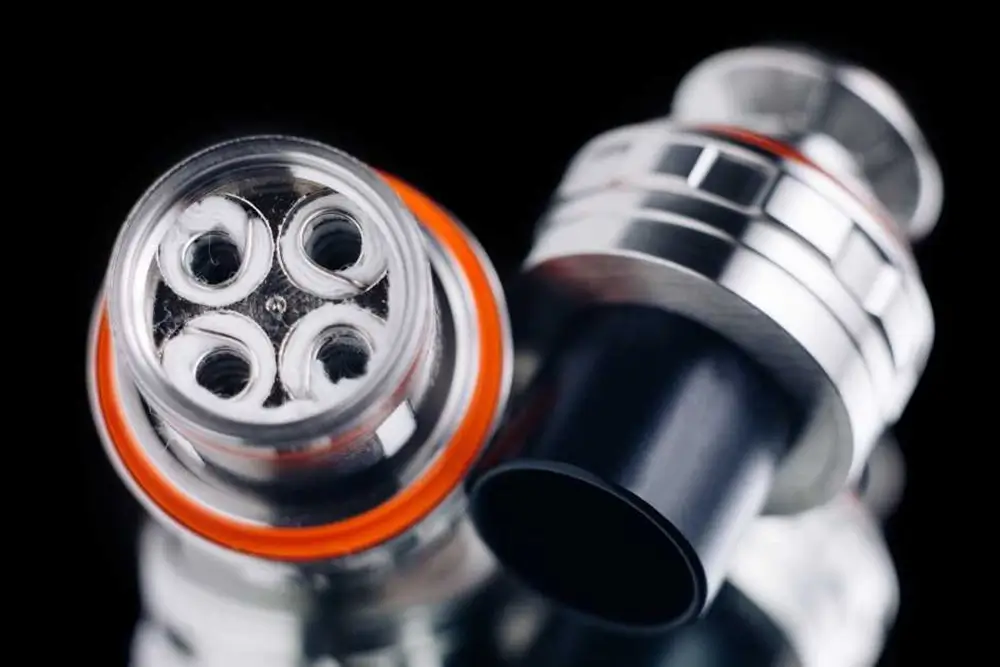In the context of vaping, Ohm’s Law is primarily applied to understand and regulate the power output of vape devices. The resistance of the coil, measured in ohms, directly impacts the current flowing through it and thus influences factors like heat production, vaporization efficiency, and battery life.
Vape Coil Resistance
Vape coils come in various resistances, typically ranging from 0.1 ohms to several ohms. The resistance of a coil affects the vaping experience in several ways:
- Heat Generation: Lower-resistance coils (sub-ohm coils) produce more heat, leading to warmer vapor and potentially denser clouds. Higher-resistance coils generate less heat and may offer a cooler vape.
- Power Requirement: Lower-resistance coils require more power (voltage) to achieve the desired current, while higher-resistance coils need less power. Vapers often adjust their device settings to match the coil’s resistance for optimal performance.
- Battery Life: Sub-ohm vaping at higher wattages drains the battery faster than vaping with higher-resistance coils at lower wattages. Understanding this relationship helps vapers manage battery usage and device longevity.
Safety Considerations
While sub-ohm vaping can enhance flavor and vapor production, it also carries certain risks, particularly for inexperienced vapers. Sub-ohm coils draw more current from the battery, increasing the strain on both the battery and the device. In extreme cases, misuse or improper handling of sub-ohm setups can lead to battery venting or even explosions.
Conclusion
Understanding Ohm’s Law and its application to vape coil resistance is essential for vapers who seek to customize their vaping experience while ensuring safety. By familiarizing themselves with the principles of voltage, current, and resistance, vapers can make informed decisions when selecting coils, adjusting settings, and maintaining their vape devices.





